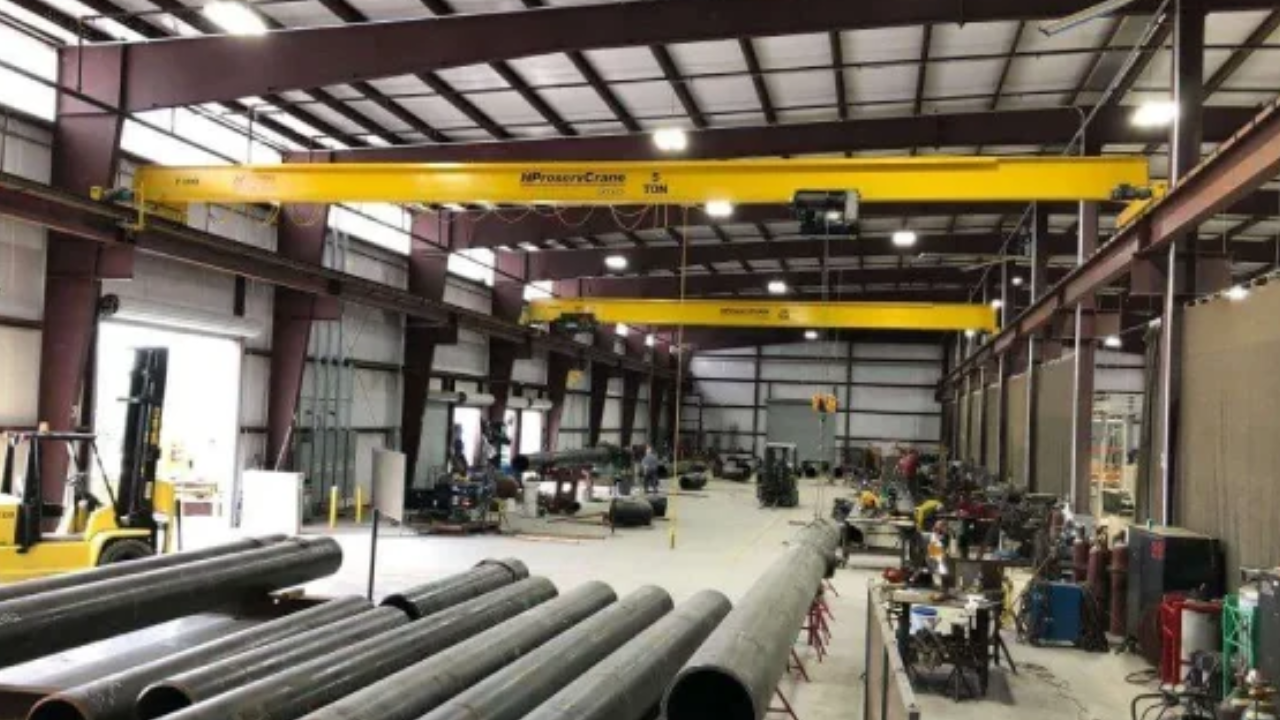while choosing materials for designing initiatives, understanding the erosion resistance of carbon steel vs stainless steel pipe is significant. Carbon steel is more susceptible to uniform erosion, setting erosion, and galvanic erosion, making it less reasonable for situations where it is exposed to dampness, oxygen, or electrolytes. In differentiation, stainless steel offers superior resistance to these forms of erosion due to its chromium substance, which shapes a defensive oxide layer.
However, stainless steel is not safe for setting, hole erosion, and stretch erosion breaking, especially in chloride-rich situations. Consequently, deciding between carbon steel and stainless steel depends on the precise situations of the software, guaranteeing that the selected material gives perfect execution and existence span.
Evaluating erosion Resistance: Carbon steel vs. stainless steel
this article digs into the contrasts in erosion resistance among carbon steel and stainless steel, clarifying the fundamental variables and possible guidelines. Carbon steel is inclined to uniform, setting, and galvanic erosion, making it less perfect for situations with dampness and electrolytes. Stainless steel, with its defensive chromium oxide layer, offers predominant resistance but can still endure fetting, crevice erosion, and stretch erosion breaking in chloride-rich situations. Understanding these contrasts is essential for selecting the proper material for designing projects, guaranteeing ideal execution and life span.
Composition and Erosion Resistance
It does not contain critical sums of alloying components that improve erosion resistance. As a result, carbon steel is inclined to rust when uncovered to dampness and oxygen. Chromium shapes an inactive layer of chromium oxide on the surface of the steel, which avoids and encourages oxidation and erosion. This self-healing layer changes in case harmed, giving nonstop assurance. Other alloying components such as nickel and molybdenum can be included in stainless steel to advance and make strides in its erosion resistance and mechanical properties.
Types of Erosion
The foremost common sort is uniform corrosion, where the surface of the steel gradually corrupts due to nonstop presentation to dampness and oxygen, coming about in a reliable loss of material over the complete surface. Another noteworthy issue for carbon steel is setting erosion, which happens when localized regions of the steel surface end up more anodic than others.
This comes about in little pits or gaps that can compromise the astuteness of the steel. Push erosion breaking can influence stainless steel beneath tall pliable stretches combined with a destructive environment, particularly those containing chlorides. This sort of erosion can lead to the advancement of breaks and potential disappointment of the steel.
Natural and Application Contemplations
Carbon steel is typically utilized in situations where erosion resistance isn't a basic figure or where defensive coatings can be connected. For occurrence, it is broadly utilized in basic applications, piping systems, and apparatus that are either inside or not uncovered to destructive situations. When utilized outside or in destructive settings, carbon steel frequently requires coatings such as paint, galvanization, or epoxy to protect against rust. Due to its predominant erosion resistance, stainless steel is the material of choice in situations that are exceedingly destructive or where cleanliness is a concern.
Cost Implications
The erosion resistance of stainless steel regularly comes with the next material cost compared to carbon steel. However, the long-term benefits of decreased support and substitution costs can make stainless steel more cost-effective over the lifecycle to an extent. Carbon steel, whereas cheaper at first, may bring about higher support costs due to the requirement for defensive coatings and normal assessments to avoid and address erosion.
Conclusion
Understanding these contrasts guarantees the determination of the proper material for ideal execution, life span, and cost-effectiveness in designing ventures. By considering the environment, application, and long-term suggestions, engineers and decision-makers can make educated choices between carbon steel and stainless steel, adjusting introductory costs with the benefits of solidness and diminished maintenance.


